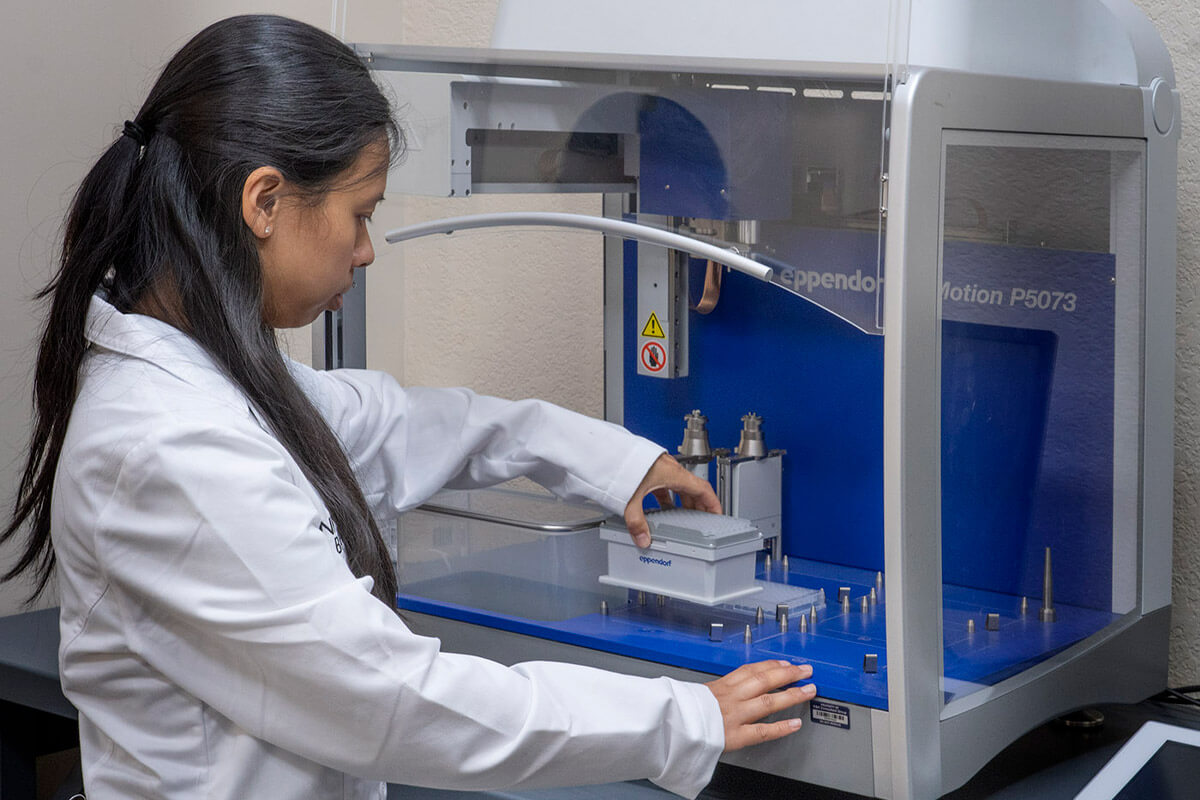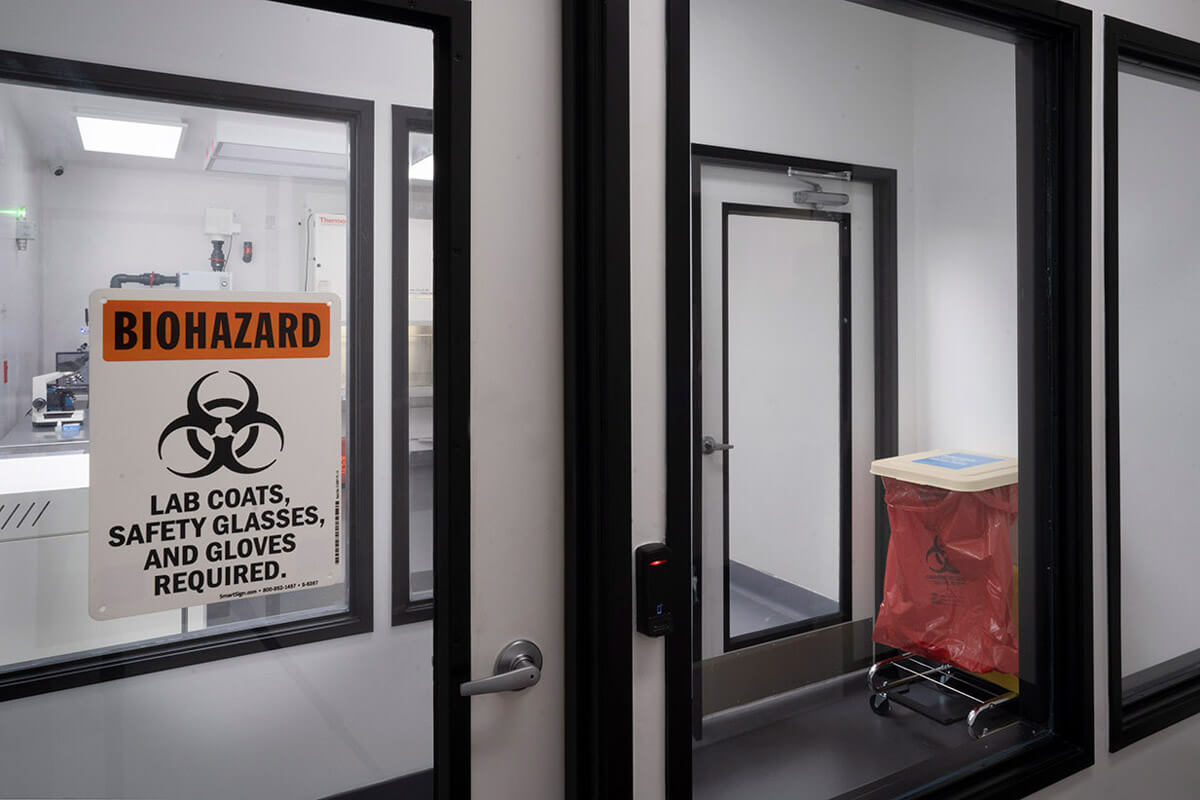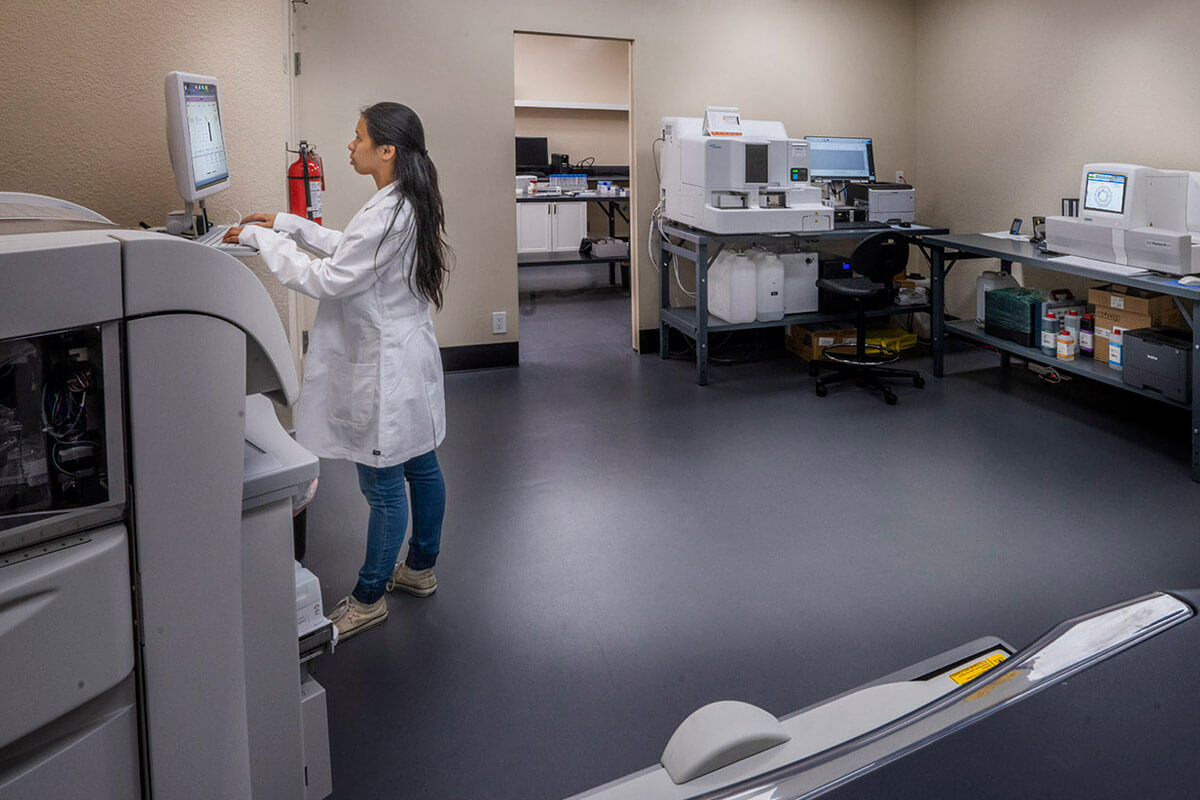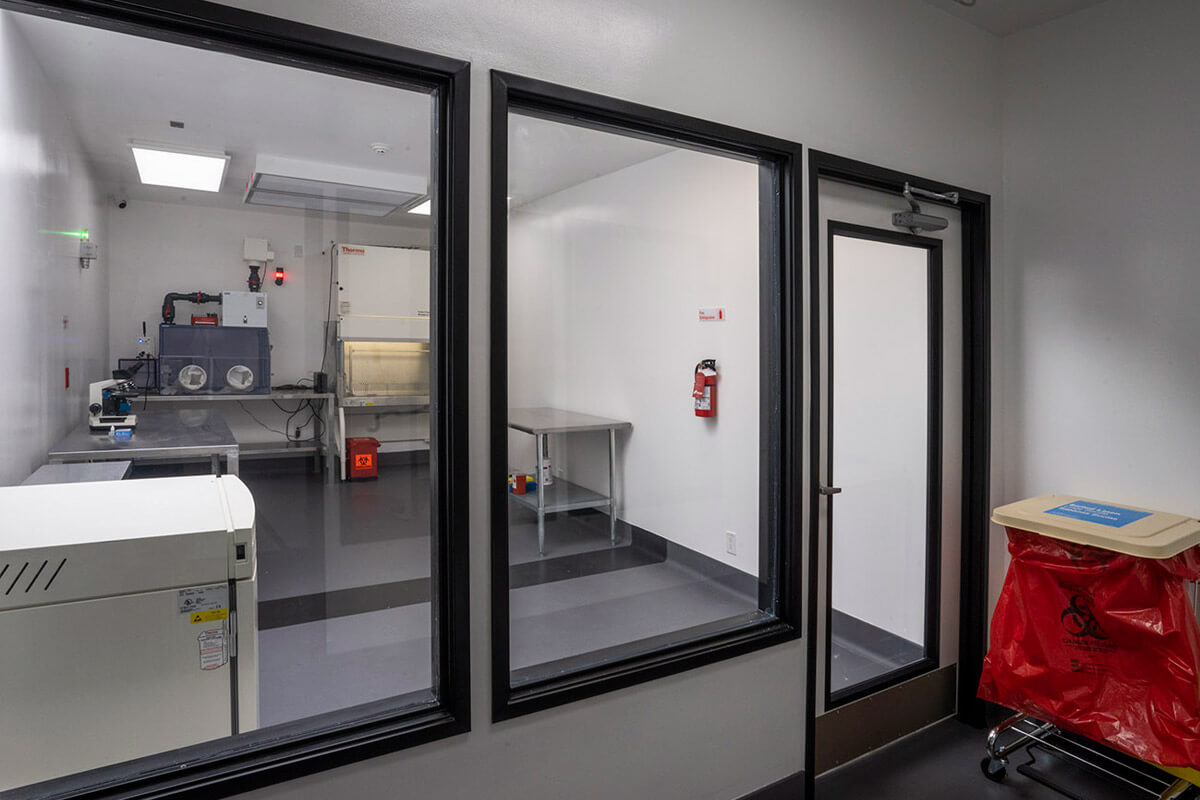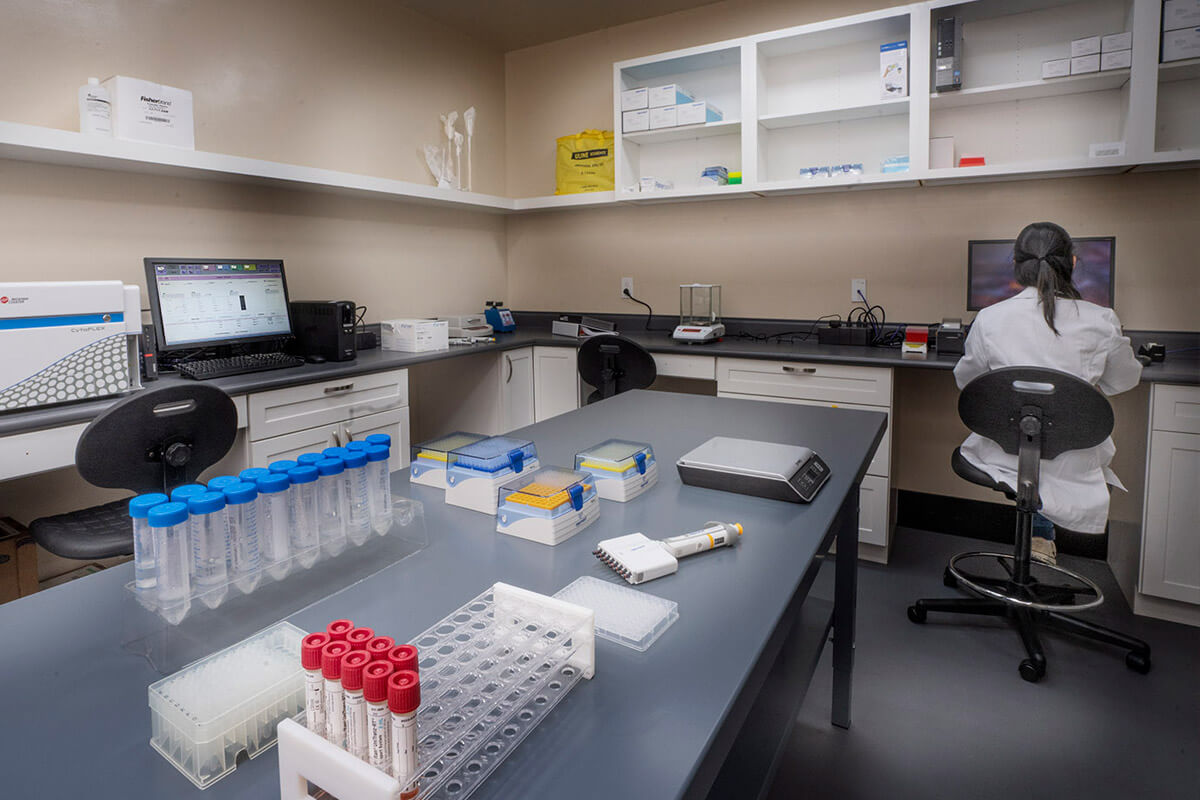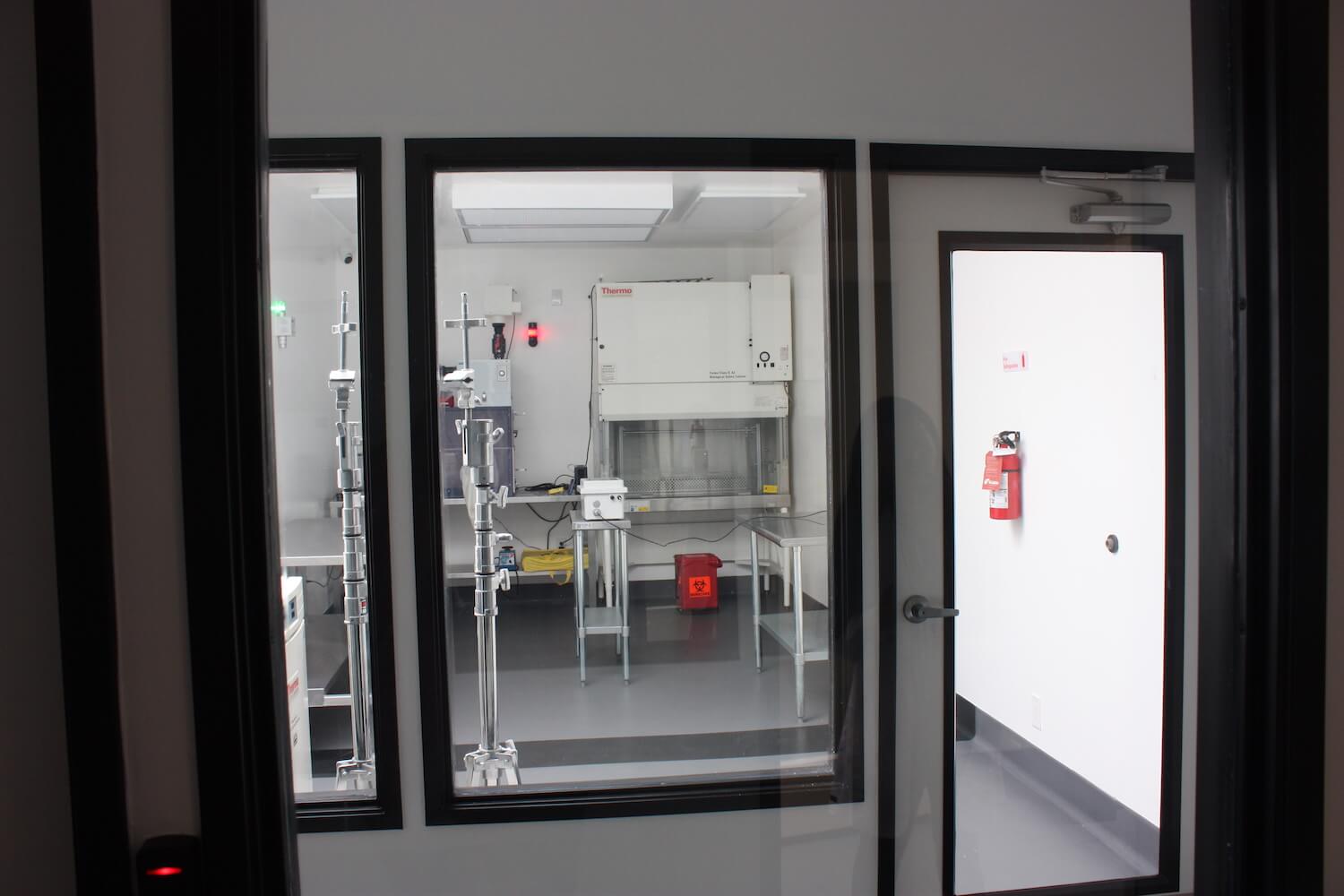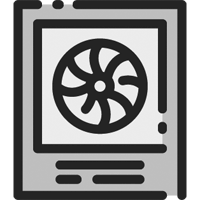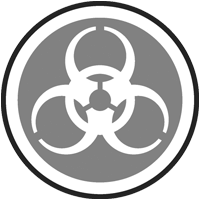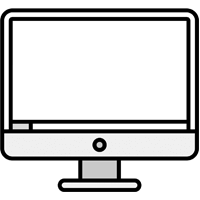We have the expertise and experience to help get you the testing you need.
Innovative Bioanalysis, Inc. experts can help design a (Biosafety Level 3) BSL3 chamber test protocol to simulate a “real world” application. With hundreds of successful device efficacy tests against surface and aerosol pathogens including SARS-CoV-2, we have the expertise and experience to help get you the testing you need. We look forward to helping you through the process of understanding the multiple testing options and evaluating the best option for your device and goals.
